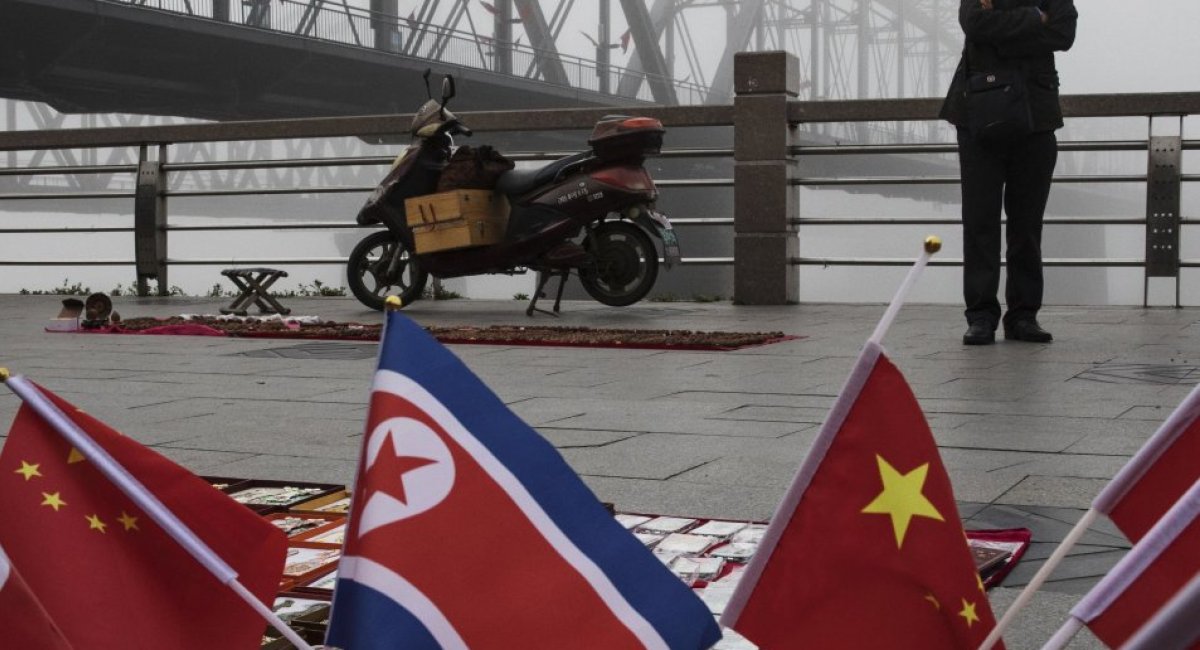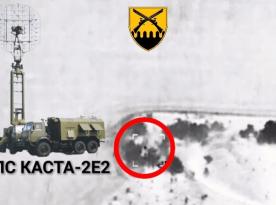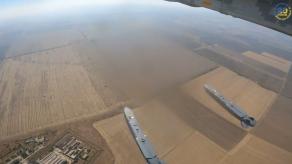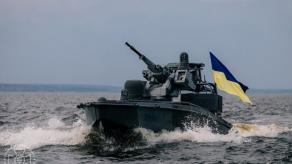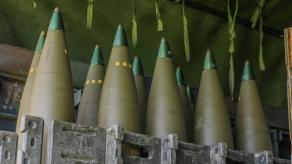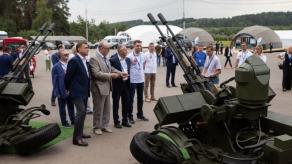russia is increasingly "paying off" its allies in the war against Ukraine with its own territories. Lacking the capacity to develop the country's largest region — the Far Eastern Federal District — Moscow is effectively opening the door to foreign expansion, Ukraine's Foreign Intelligence Service reported.
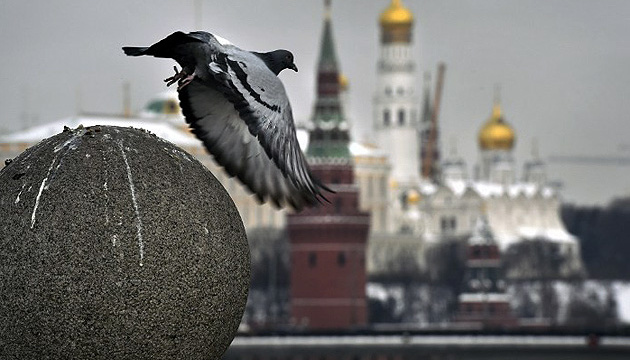
According to the intelligence report, China is rapidly strengthening its economic foothold in russia's Far East. By 2025, Chinese investments in the region could reach one trillion rubles, though most agreements are focused on trade rather than infrastructure development. Senator Viktor Kalashnikov from Khabarovsk Territory stated that bilateral trade volumes grew by 5.5 million tons in 2024, and by another 36 percent in the first half of 2025.
Read more: Arctic Crisis for russia: Icebreaker Fleet Inches Toward Disaster
At the same time, Beijing is pursuing a "creeping demographic expansion." Up to two million Chinese citizens now live between Vladivostok and the Urals — a number that continues to rise, facilitated by preferential terms in russia's Territories of Advanced Development (TADs) and the introduction of a visa-free regime. In several areas, enclaves have formed where russians are practically absent from the workforce.
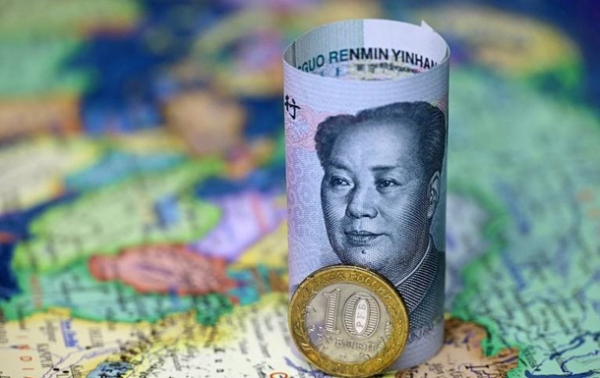
In parallel, Moscow is drawing north Korea into regional development projects. Over the past year, more than 15,000 north Korean workers have officially arrived in russia's Far East, with unofficial figures reaching up to 50,000. russian companies have already requested an additional 153,000 labor contracts. The workers receive minimum wages, while Pyongyang earns up to $500 million annually through this labor export scheme, according to the report.
This situation, the Foreign Intelligence Service notes, means that two nuclear powers are simultaneously strengthening their positions on russian territory — each using different tools. China is deepening economic dependence, while north Korea is creating a labor dependency, both advancing their own national interests at russia's expense.
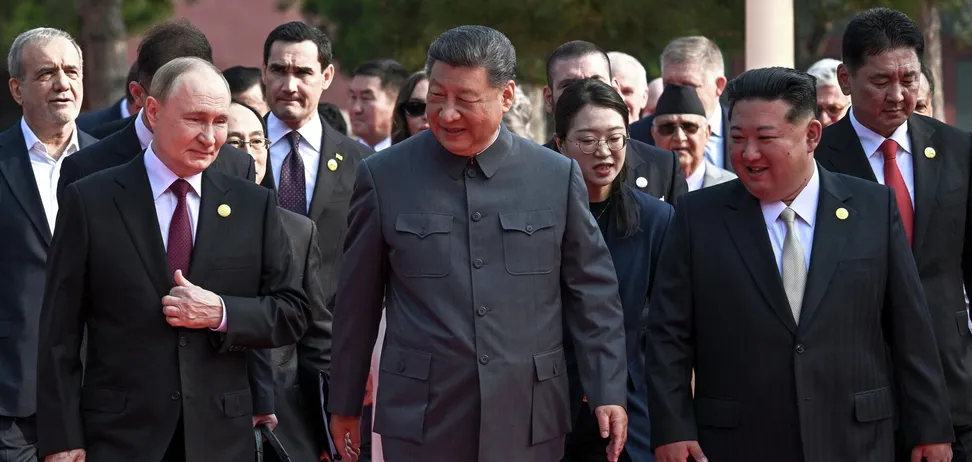
In the long term, the growing Chinese presence and north Korea's expanding labor quotas could generate a conflict of interests between Moscow's supposed partners. The Kremlin, meanwhile, risks losing control over nearly 40 percent of its territory — almost seven million square kilometers with a population of about 7.9 million people — effectively turning the russian Far East into an arena for foreign strategies and influence.
Read more: Explosions Rock Samara and Orenburg as Ukrainian Drones Strike russia's Energy Sector




